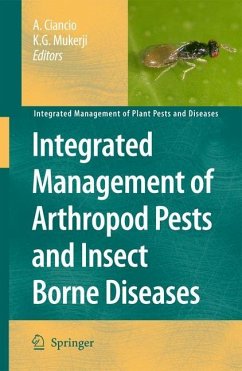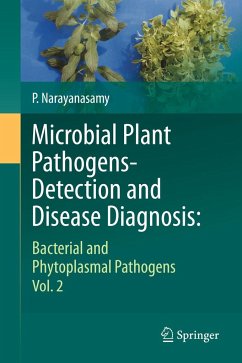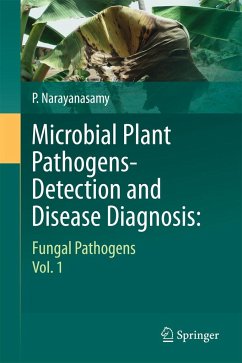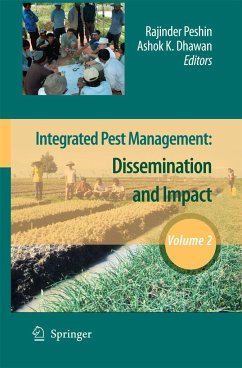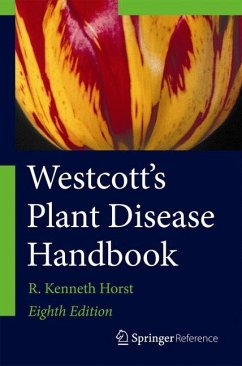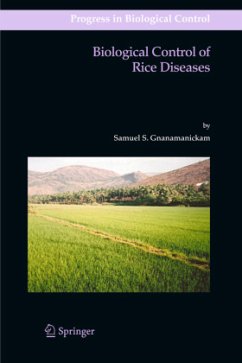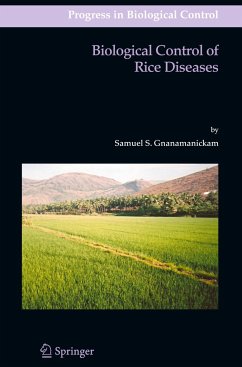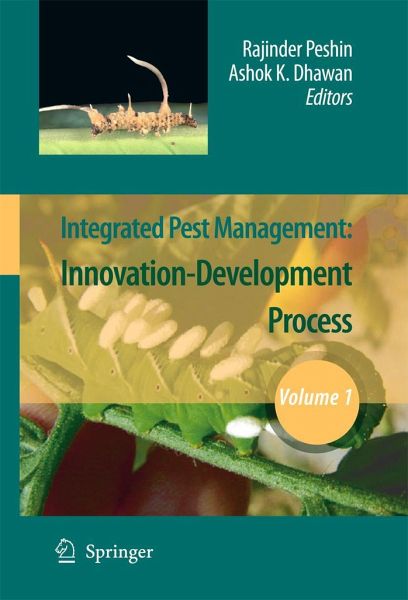
Integrated Pest Management, Volume 1
Innovation-Development Process
Herausgegeben: Peshin, Rajinder; Dhawan, Ashok K.

PAYBACK Punkte
76 °P sammeln!
The book covers the recognition of the problems of dysfunctional and indirect economic and environmental consequences of pesticide use in agriculture, through research and development of different IPM tactics. Written by an interdisciplinary team of experts from entomology, plant pathology, plant breeding, plant physiology, biochemistry, and extension education covering externalities of pesticide use, pest outbreaks, threshold theory, host plant resistance, crop plant manipulation, biological control, behavioral-modifying techniques, botanicals, and non-pesticide pest management. An excellent source of advanced study material for academics, researchers and students, elucidating the underlying concepts of the IPM development process.
The book 'Silent Spring' written by Rachel Carson in 1962, is considered the la- mark in changing the attitude of the scientists and the general public regarding the complete reliance on the synthetic pesticides for controlling the ravages caused by the pests in agriculture crops. For about ve decades, the Integrated Pest Mana- ment (IPM) is the accepted strategy for managing crop pests. IPM was practiced in Canet e Valley, Peru in 1950s, even before the term IPM was coined. Integrated Pest management: Innovation-Development Process, Volume 1, focuses on the recog- tion of the dysfunctional consequences of the pesticide use in agriculture, through researchanddevelopmentoftheIntegratedPest Managementinnovations. Thebook aims to update the information on the global scenario of IPM with respect to the use of pesticides, its dysfunctional consequences, and the concepts and advan- ments made in IPM systems. This book is intended as a text as well as reference material for use in teachingthe advancements made in IPM. The book provides an interdisciplinary perspective of IPM by the forty-three experts from the eld of entomology, plant pathology, plant breeding, plant physiology, biochemistry, and extension education. The introductory chapter (Chapter 1) gives an overview of IPM initiatives in the developed and developing countries from Asia, Africa, Australia, Europe, Latin America and North America. IPM concepts, opportunities and challenges are d- cussed in Chapter 2.





